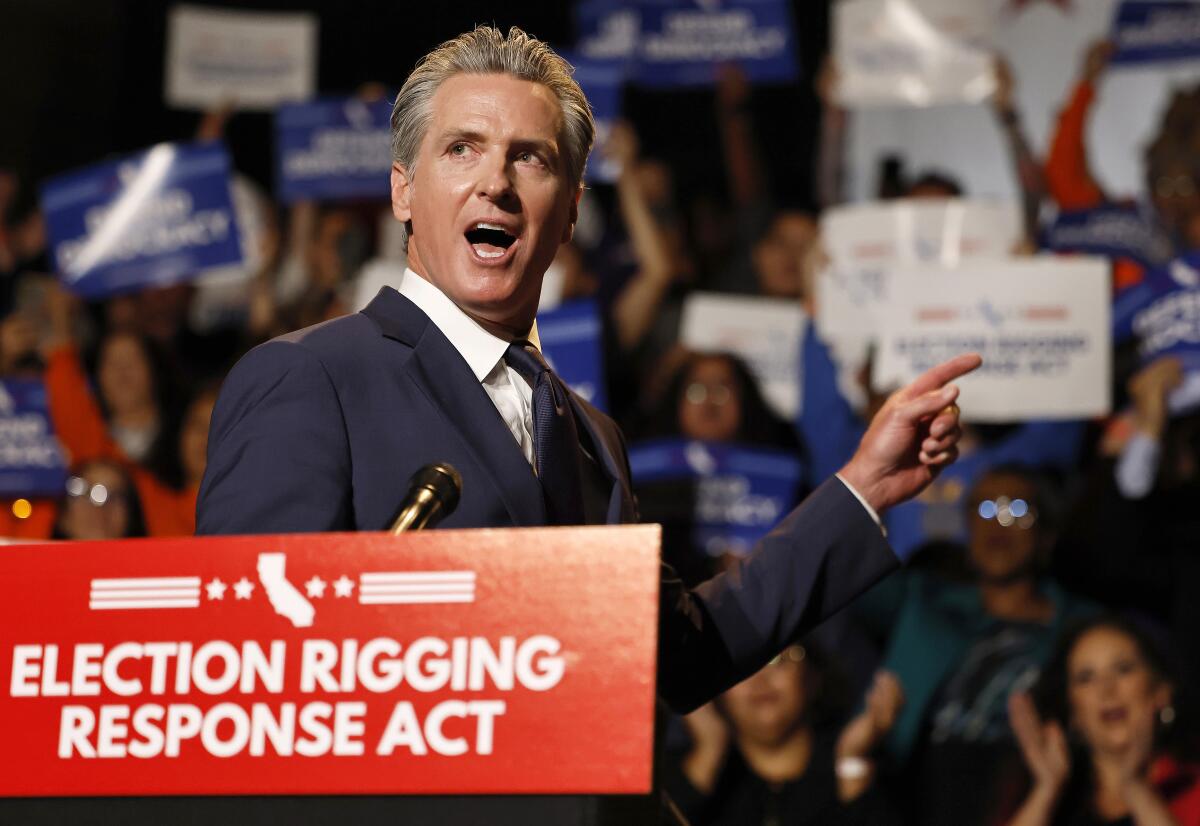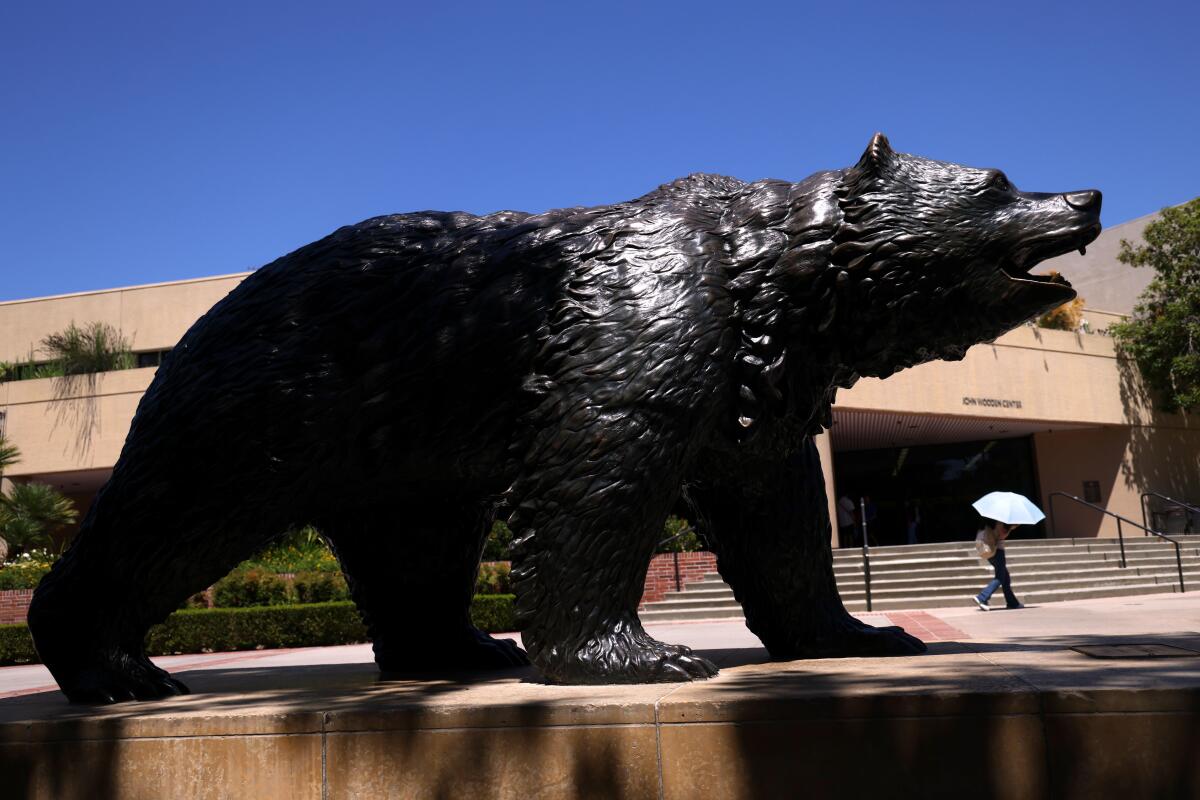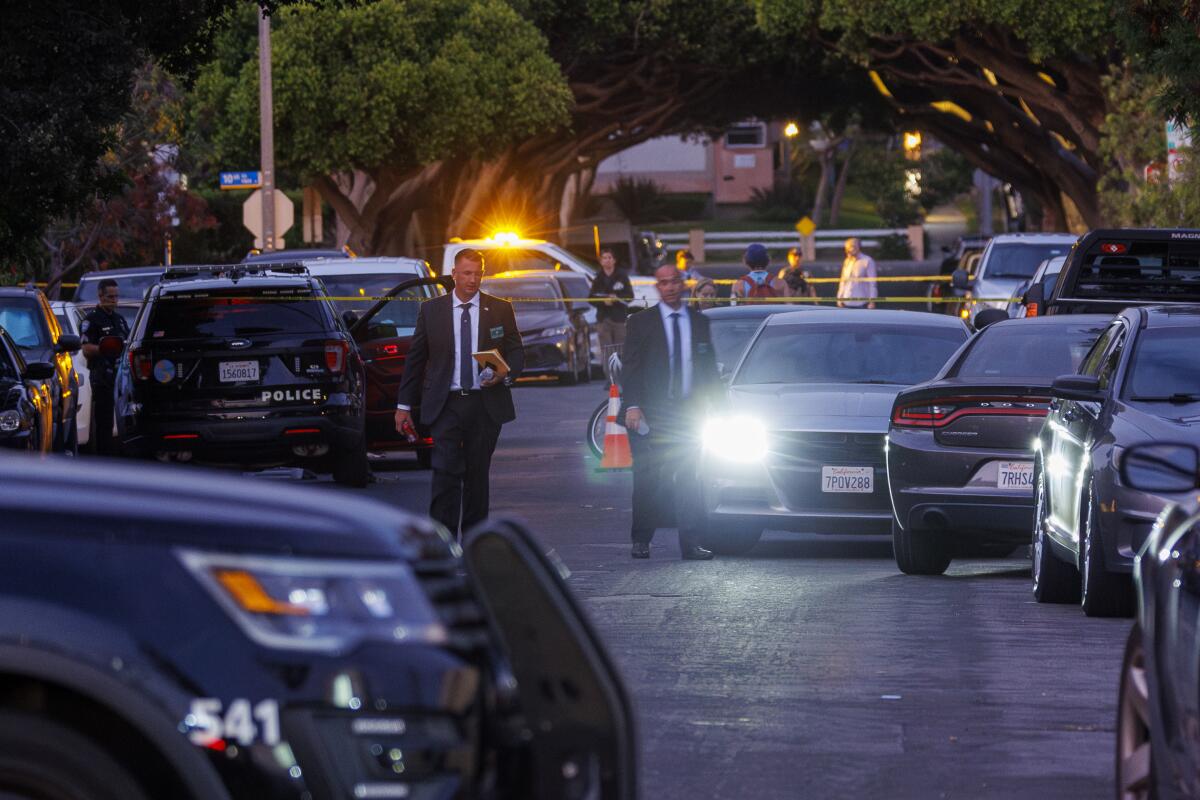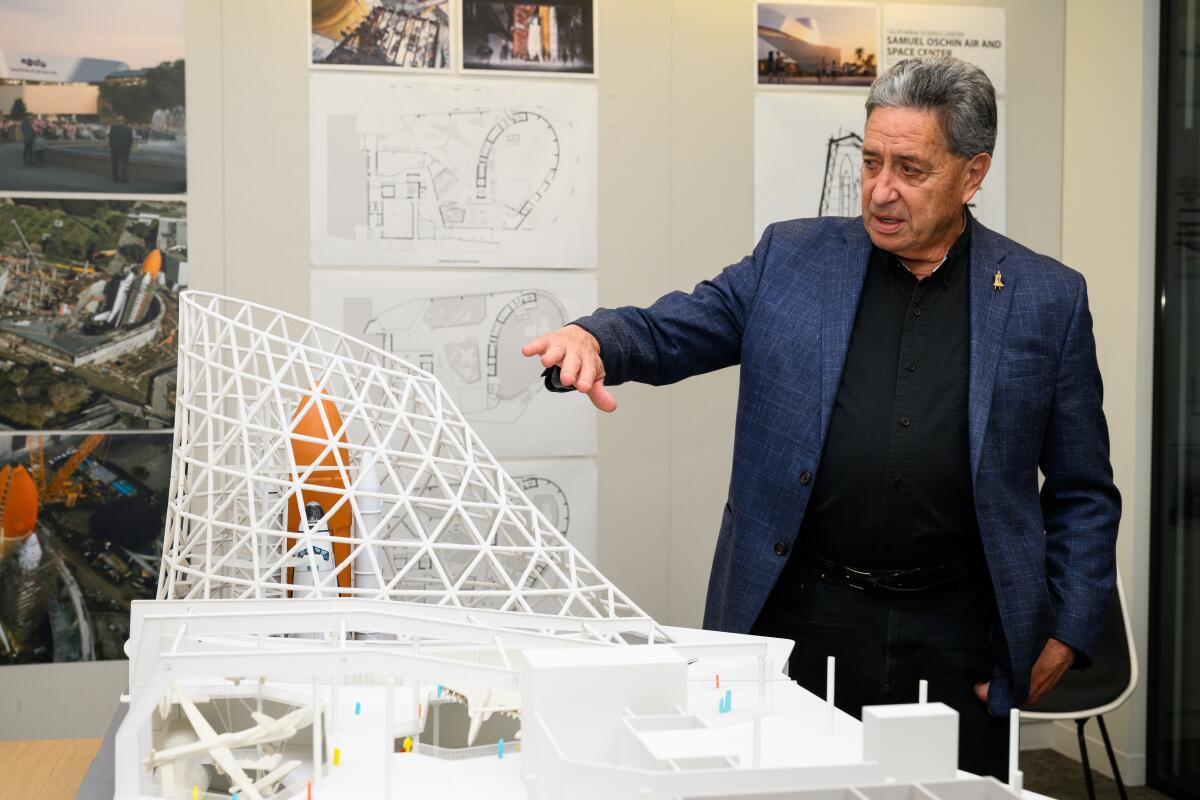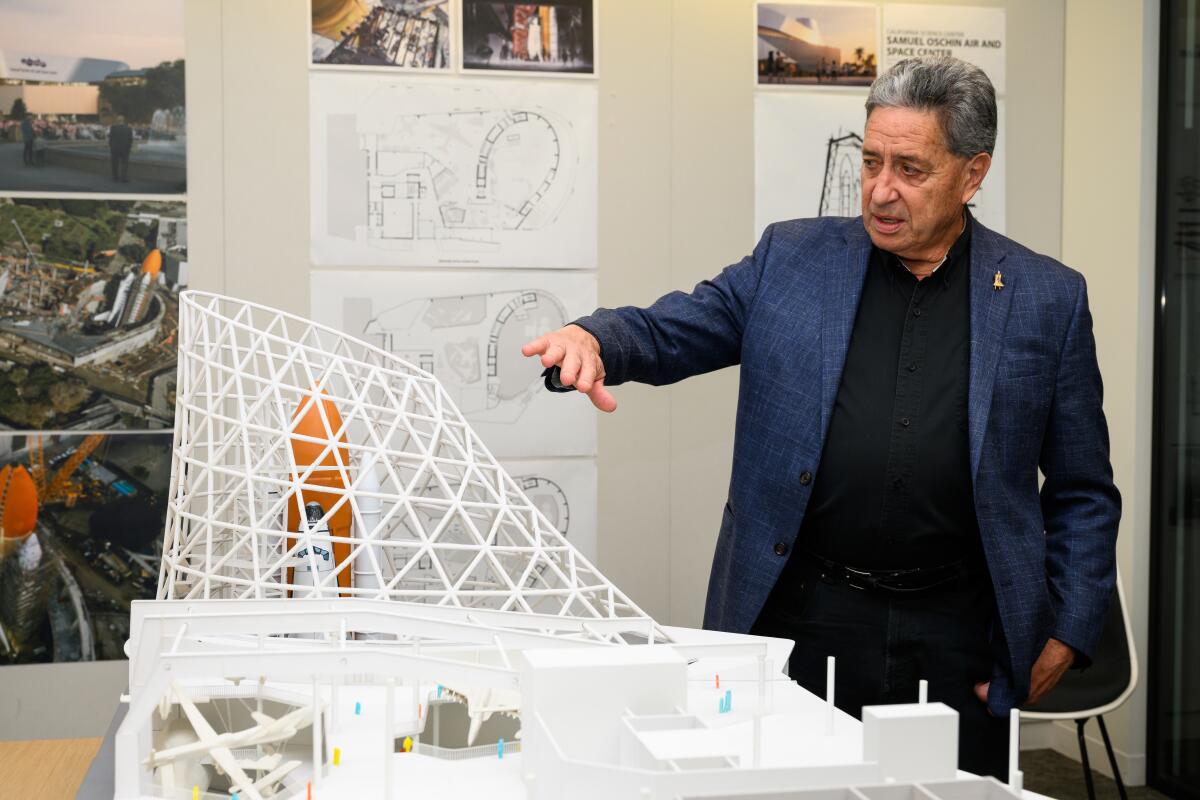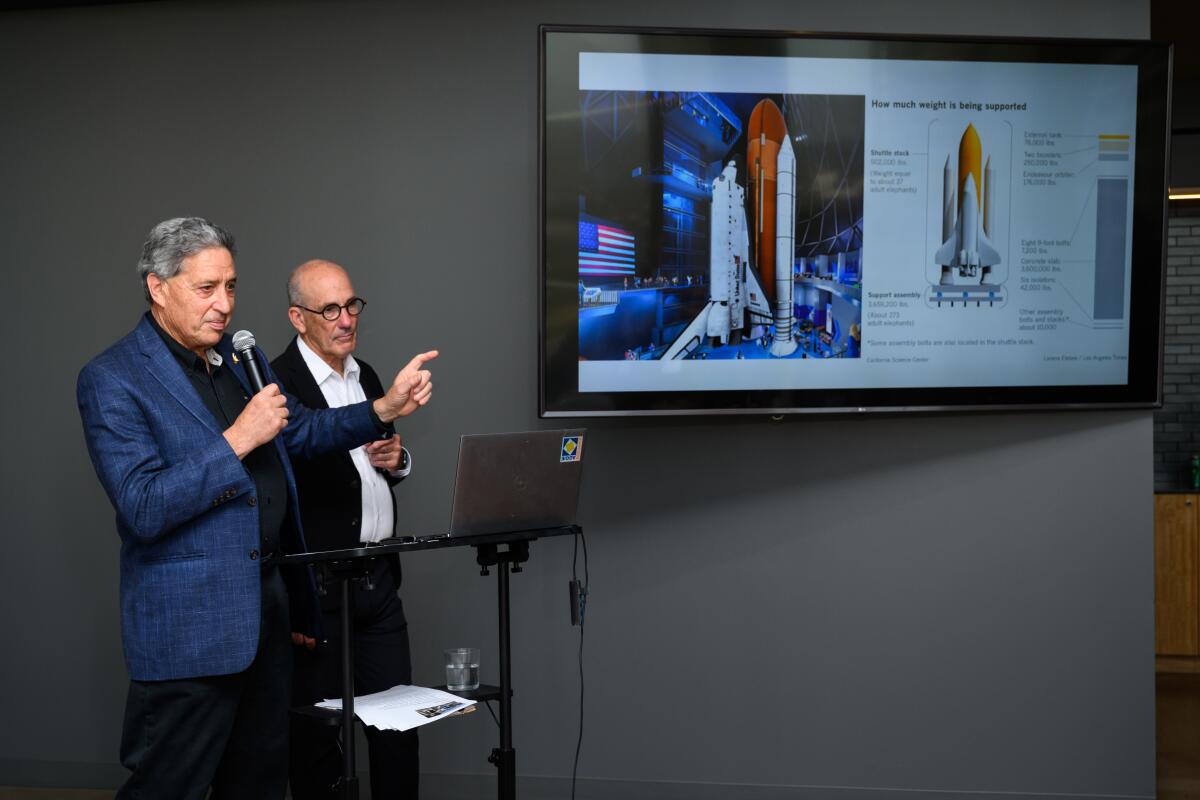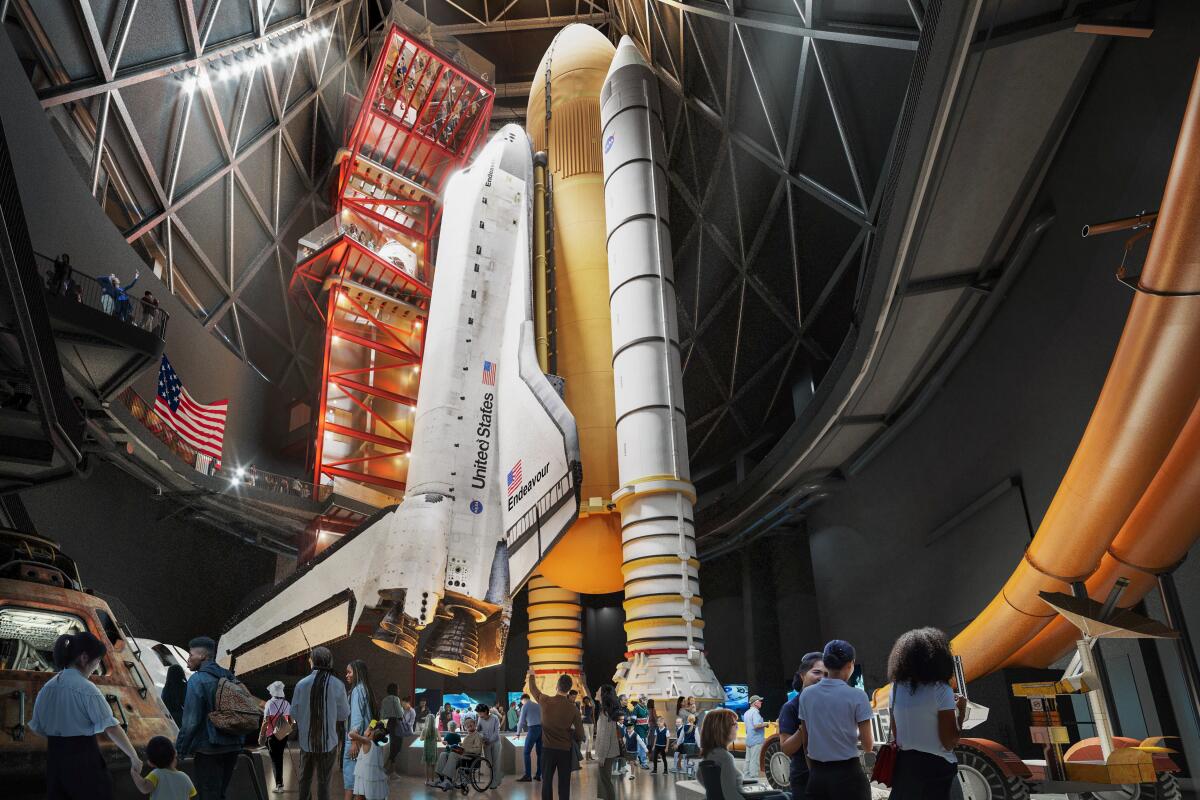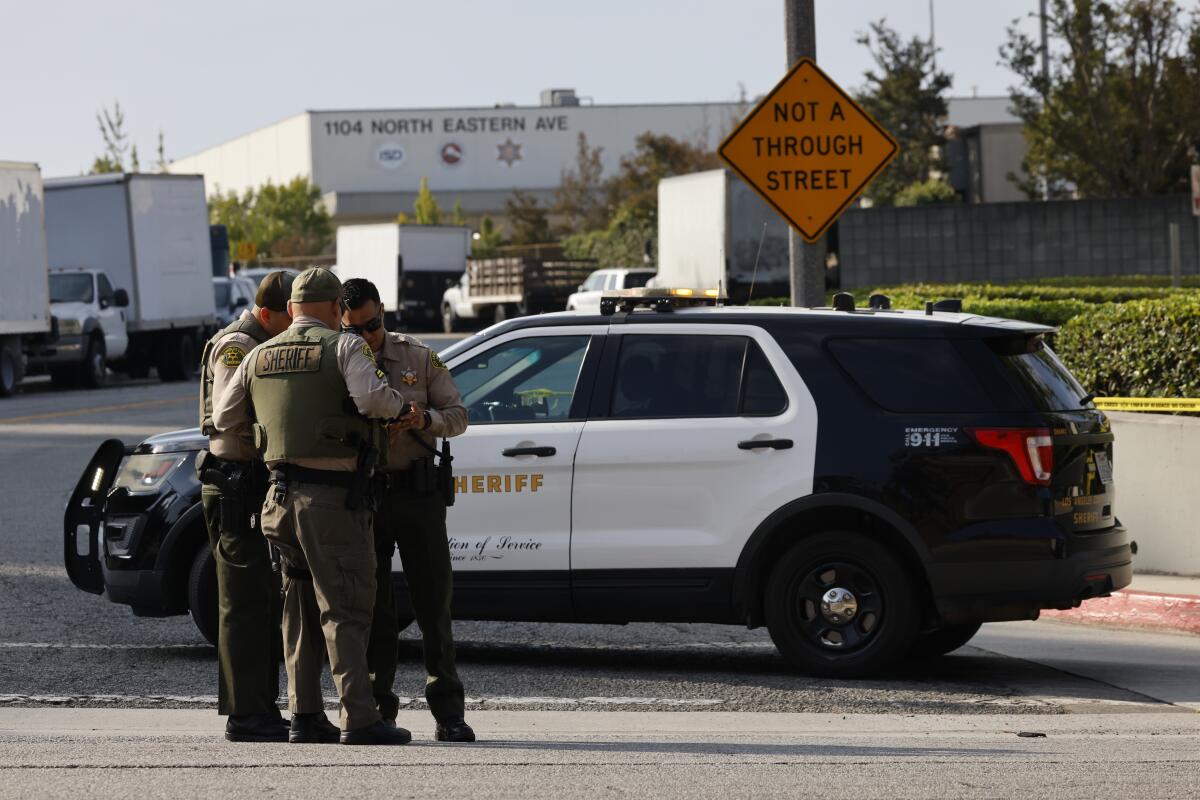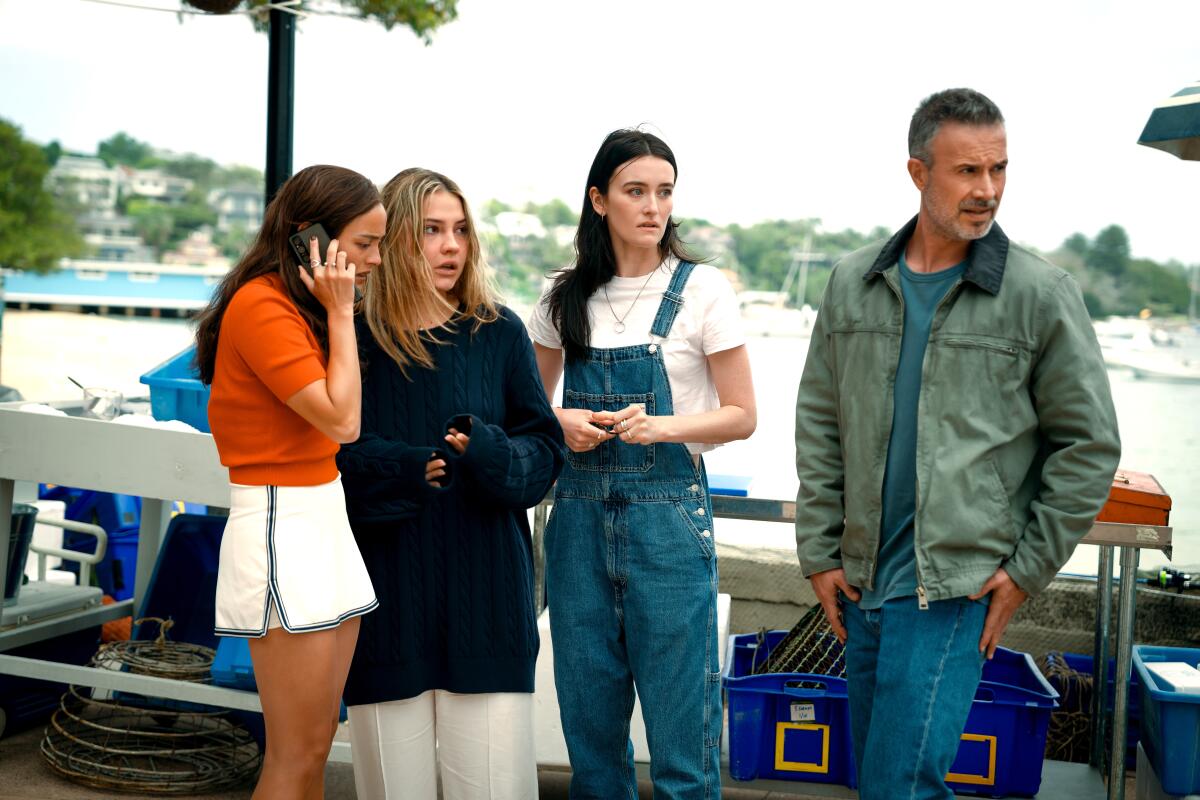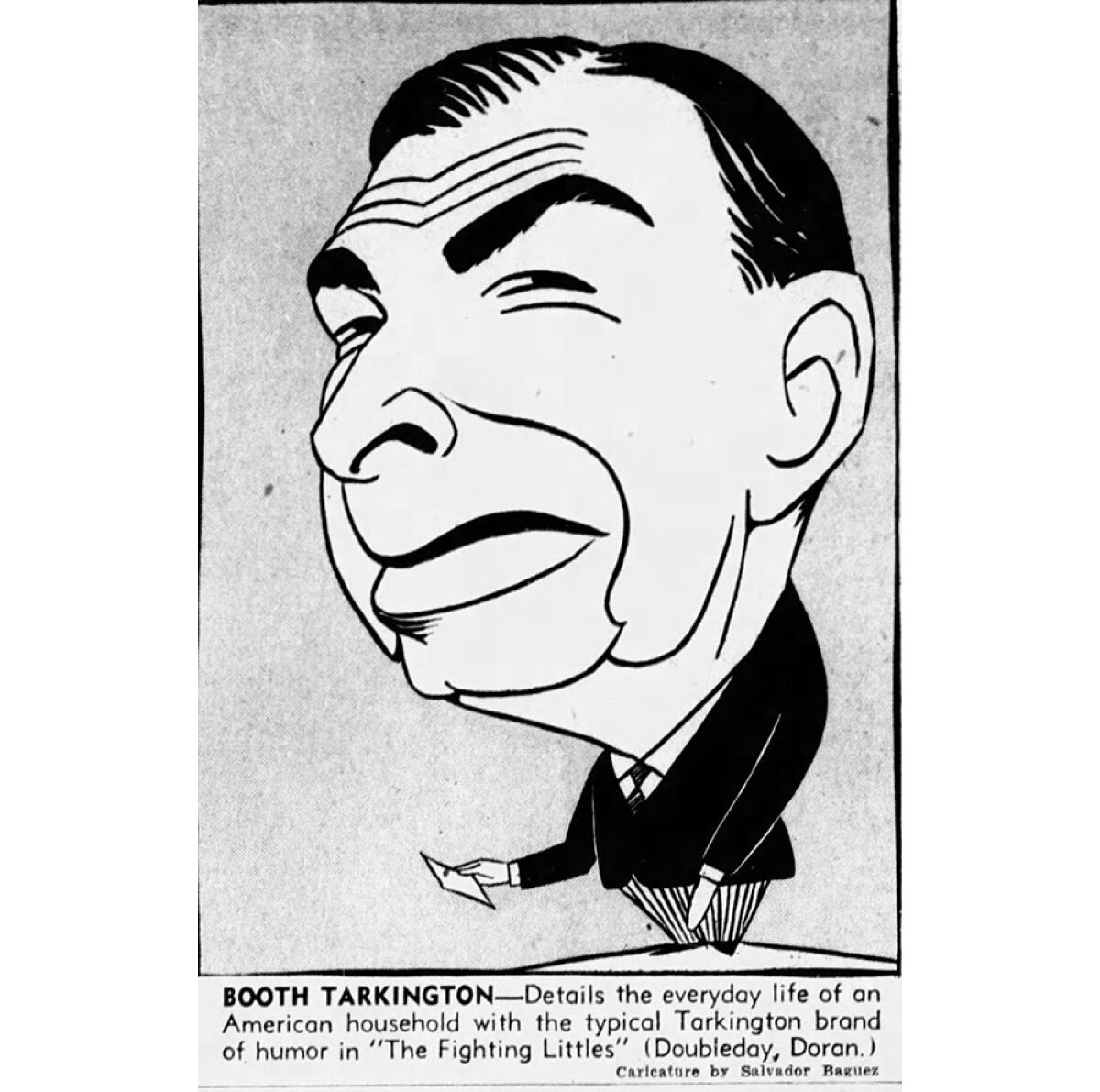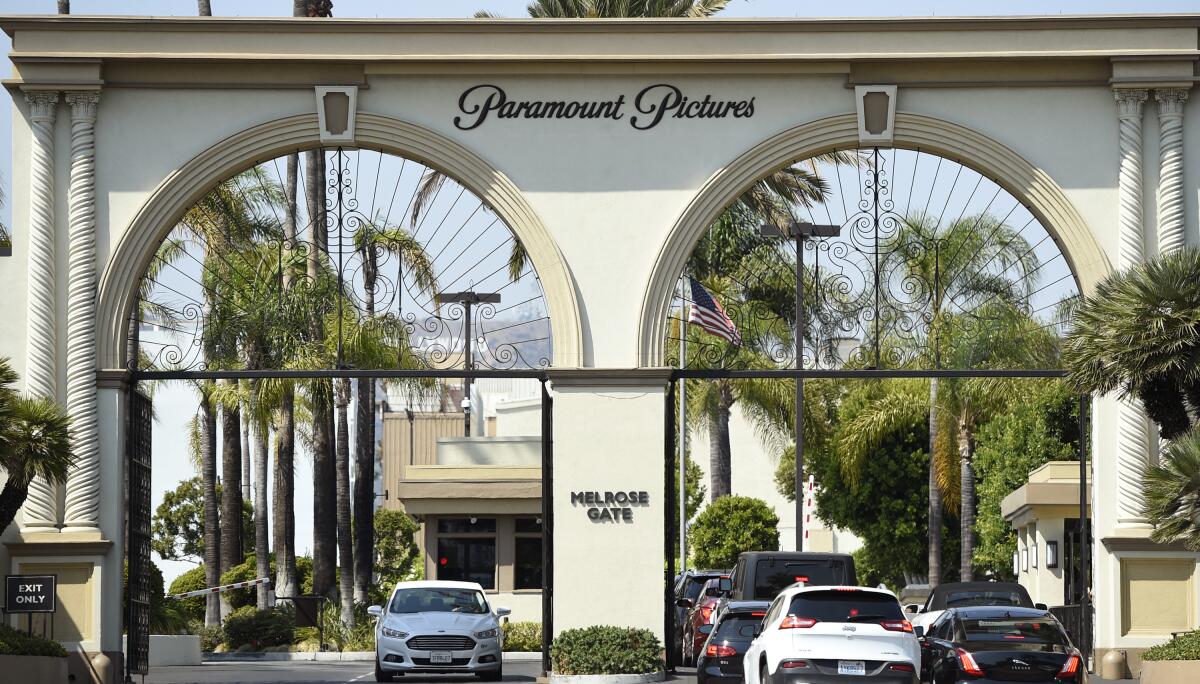Why the effort to stop the Olympic Games stands little chance
If you browse through social media, it’s easy to find commentary about canceling the 2028 Los Angeles Olympics.
There are Angelenos who lack confidence in the city and county’s ability to roll out the red carpet due to perceived failures during the Palisades and Altadena fires.
Others believe construction will lead to the displacement of the homeless or that the Games won’t make money.
Newsletter
You’re reading the Essential California newsletter
Our reporters guide you through the most important news, features and recommendations of the day.
You may occasionally receive promotional content from the Los Angeles Times.
One syndicated columnist pleaded with L.A. not to work with “a lawless U.S. regime,” while sportswriter and author Jeff Pearlman wondered if Latin American athletes would feel safe in the U.S. due to the Trump administration’s current deportations.
There are pushes from some, but how possible is it that the Games will be canceled?
My colleague Thuc Nhi Nugyen wrote about that issue and dispelled the notion any cancellation was likely.
Let’s dive into her work.
Why is backing out difficult? We’re three years away
Host cities and host country national organizing committees (in this country, the U.S. Olympic and Paralympic Committee) sign a host city contract (HCC) after the International Olympic Committee officially awards the Games.
The contract for the 2028 Games, signed by then-Mayor Eric Garcetti and then-City Council President Herb Wesson in September 2017, includes procedures for termination from the IOC’s perspective but doesn’t leave the same option for the host city or the national organizing committee.
“While one cannot foreclose all potential theories, it is hard to imagine a scenario where Los Angeles could terminate the HCC without facing substantial legal issues,” Nathan O’Malley, an international arbitration lawyer and a partner at Musick, Peeler & Garrett, wrote in an email. “Especially if the reason for ending the contract was a political disagreement between the federal, state and local branches of government.”
When even COVID-19 didn’t stop the Games
After an initial one-year delay of the Tokyo Games, medical professionals pleaded to cancel amid rising COVID-19 cases.
Public sentiment soured drastically, with protests in the streets. A March 2021 poll by Asahi Shimbun, one of the most prominent newspapers in Japan, found 83% of voters believed that the Olympics set to take place that summer should be postponed or canceled.
But, Japanese Prime Minister Yoshihide Suga said, only “the IOC has the authority to decide.”
Breaching the contract could have put Tokyo in danger of being sued by the IOC for $4-5 billion, economist Andrew Zimbalist told Yahoo Sports in 2021. The Nomura Research Institute estimated the total cost of cancellation to be 1.8 trillion yen — about $12.3 billion.
What influence will President Trump have?
LA28 chairman Casey Wasserman has emphasized that he has assurances from the federal government that the United States will be open, despite recent travel bans and tighter scrutiny of international travelers arriving in the U.S.
Trump’s June proclamation includes exemptions for athletes, team personnel or immediate relatives entering the country for the FIFA World Cup, the Olympics or other major sporting event as determined by the Secretary of State.
But in the two months since the ban, visas have been denied for athletes, including the Cuban women’s volleyball team traveling for a tournament in Puerto Rico, a baseball team from Venezuela that qualified to play in the Senior Baseball World Series and Senegal’s women’s basketball team preparing for a training camp.
One final outlook
If any city should be ready to host the biggest Olympics in history, it should be L.A. Not only because of the existing venues, but because of the unprecedented 11-year planning time after the IOC awarded the Games in 2017.
Now with less than three years remaining, relocating to a city that would likely have to build new venues would be unrealistic for the IOC.
“For Los Angeles, a city whose identity is partly predicated on staging the Olympics twice, and now having a third time,” said Mark Dyreson, a sports historian at Penn State University, “I think it would be really, really difficult for L.A. to give up the Olympics.”
For more, check out the full story.
The week’s biggest stories
High-profile murders and deaths
Health issues and heat
Trump and his impact on California politics
Los Angeles-area fires
More big stories
This week’s must-reads
More great reads
For your weekend
Going out
Staying in
L.A. Affairs
Get wrapped up in tantalizing stories about dating, relationships and marriage.
Have a great weekend, from the Essential California team
Jim Rainey, staff writer
Andrew J. Campa, reporter
Kevinisha Walker, multiplatform editor
Karim Doumar, head of newsletters
Diamy Wang, homepage intern
Izzy Nunes, audience intern
How can we make this newsletter more useful? Send comments to [email protected]. Check our top stories, topics and the latest articles on latimes.com.


